History and Background of Manga:
Manga are comics or graphic novels originating in Japan. They are an integral component of Japanese culture with people of all ages enjoying them. Most manga conform to a style developed in the late 19th century, although the art form has a long prehistory in earlier Japanese art. The medium includes works in a broad range of genres: action, adventure, business and commerce, comedy, detective, drama, historical, horror, mystery, romance, science fiction and fantasy, sports and games, and suspense, among others. Since the 1950s, they have become an increasingly major part of the Japanese publishing industry, gaining a significant worldwide audience and increasingly translated into other languages. Manga stories are traditionally printed in black-and-white due to time constraints, artistic reasons (as colouring could lessen the impact of the artwork) and to keep printing costs low. However, some full-colour manga exist and is gaining popularity. In Japan, manga are usually serialized in large manga magazines, often containing many stories, each presented in a single episode to be continued in the next issue. Collected chapters are usually republished in volumes, frequently but not exclusively paperback books. A manga artist (mangaka in Japanese) typically works with a few assistants in a small studio and is associated with a creative editor from a commercial publishing company. If a manga series is popular enough, it may be animated after or during its run. Sometimes, manga are based on previous live-action or animated films.
Shakespeare in Manga:
With Shakespeare being adapted and interpreted more often than any other author, to see his play Macbeth manga form illustrated by manga artists and bringing to life the great bard’s actual words is rather interesting and distinct from other types of trans mediation, such as the most typical occurrence: novel into film. A play, especially, one by Shakespeare consists mainly of dialogue, while settings, costumes, gestures, etc., remain free for performance as one sees it. Adapting a Shakespeare play in manga is merely a case of abbreviating and possibly rewriting the text and putting it in word balloons emanating from the right characters. In some, limited, sense this is exactly what happens in this Shakespeare manga adaptation of Macbeth. The manga style also works more effectively than film or performance. It not only brings a visual element to Shakespeare’s plays but keeps the sense of a written work of art. The feel of turning pages is much truer to Shakespeare’s original style and creates a sense of originality. In comparison to performance, manga is much more expressive, and the images enliven the storyline. Another quality of manga (and books in general), is that the art form allows it to be read and re-read, without losing its magic unlike a short-lived performance.
In my opinion, the Manga Shakespeare Macbeth is a wonderful adaptation of the original play and brings in the context of the Japanese Samurai which is an overwhelmingly integral component of Japanese culture. It also inherits the element of heroism which perfectly blends with the characters in Macbeth. This is even more a complex task keeping in mind that this play has a lot of layers, is metaphorical, blended in history and ideology. To combine these aspects and present it through verbal and visual arts is complex. The book seems to have done complete justice in adding that bit of aesthetic identity and perfectly expressed the verbal-visual architecture, integral to Shakespeare’s work. For example, the element of nature and historical framework which plays an important element in Macbeth is much harder to reconstruct than people often think in manga. Moreover, Shakespeare’s plots and characters mixwell with the model that is a manga creating a trans historical and transcultural synthesis. In addition, the verbal track of a comic book is not just Shakespeare's words superimposed on pictures of people and places, nor are the words audibly spoken by people supplying animated gestures and movements. Due to their placement in word balloons and captions, words tend to take on graphically inflected meanings on comic book pages. Looking at the way the word balloons are distributed on the page, it is easy to read into them a melancholic mood, not just because of their semantic meaning in the context of the plot, but from their placement in a diagonally descending pattern. This is not an imitation of pitch or tone as it could be expressed by an actor; the downwards movement translates into a notion of sadness in the mind of the reader without taking a detour into the realm of audible sound.
Presentation/Style:
I feel the pictures could include some more colour as only the first few pages are in colour, the rest in black and white. The text could also be simplified to make it more accessible. Most of the dialogue in the book has been taken from the original play, and so the only form of simplification has been done through the images and the brief explanations of the characters at the beginning. I believe it would have been a lot easier to understand if the original text was written in a more contemporary context so as to be particularly beneficial to the young people of our generation.
Recommendation:
I would recommend others to read this graphic novel, especially if they struggle with understanding the plot of Shakespeare plays or if they find it difficult to visualise what is going on. The illustrations do not just help to demonstrate the plot, but also provide the characters with a sense of physicality and personality, which makes it easier to understand their background and intent.
Star Rating: **** (4/5)


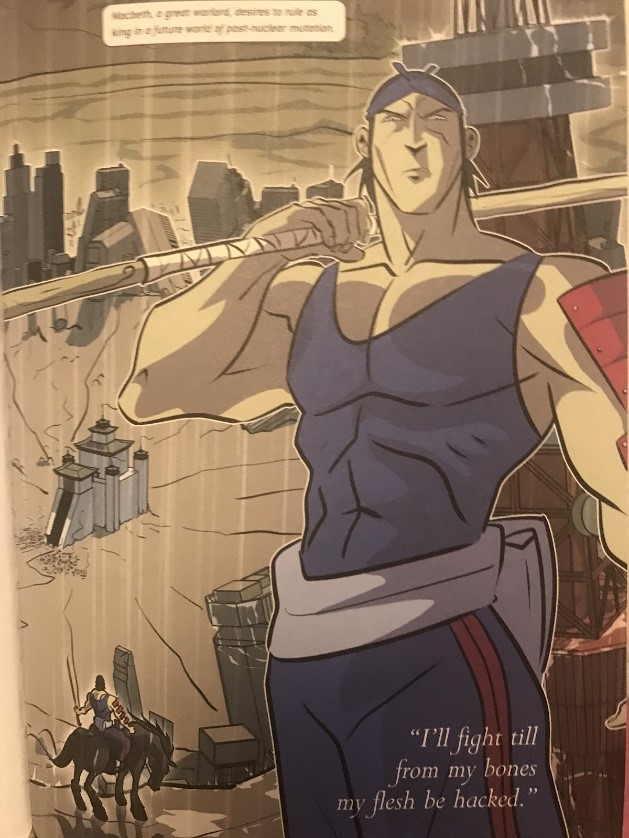
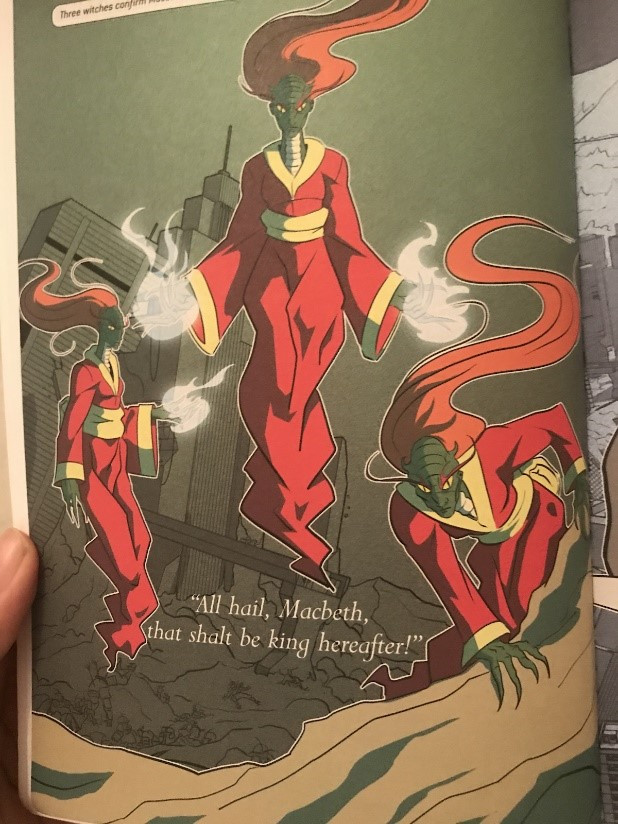
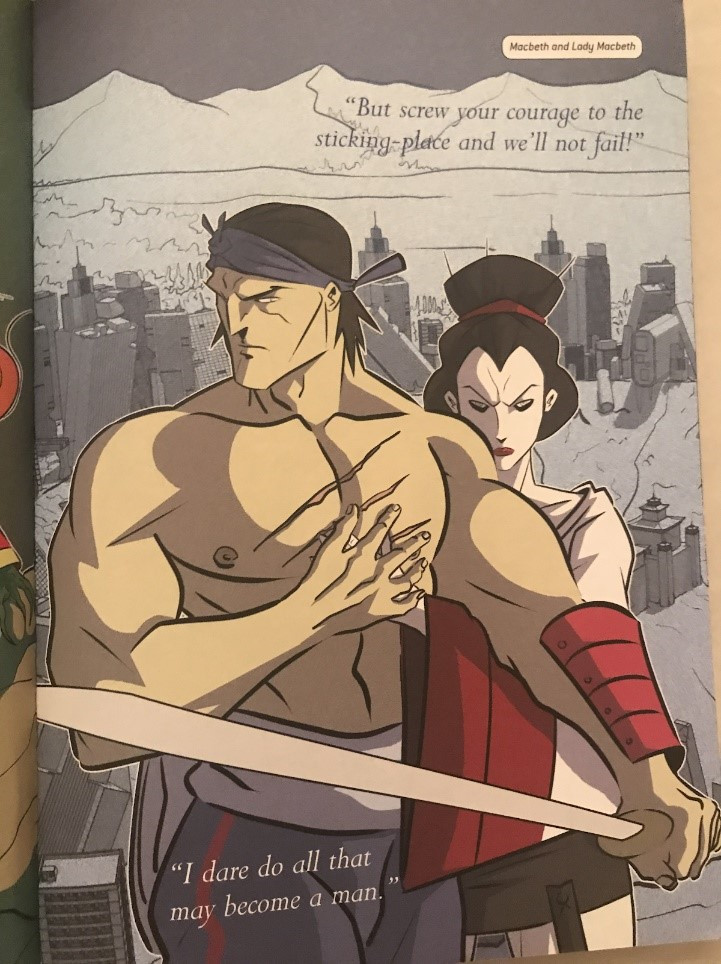
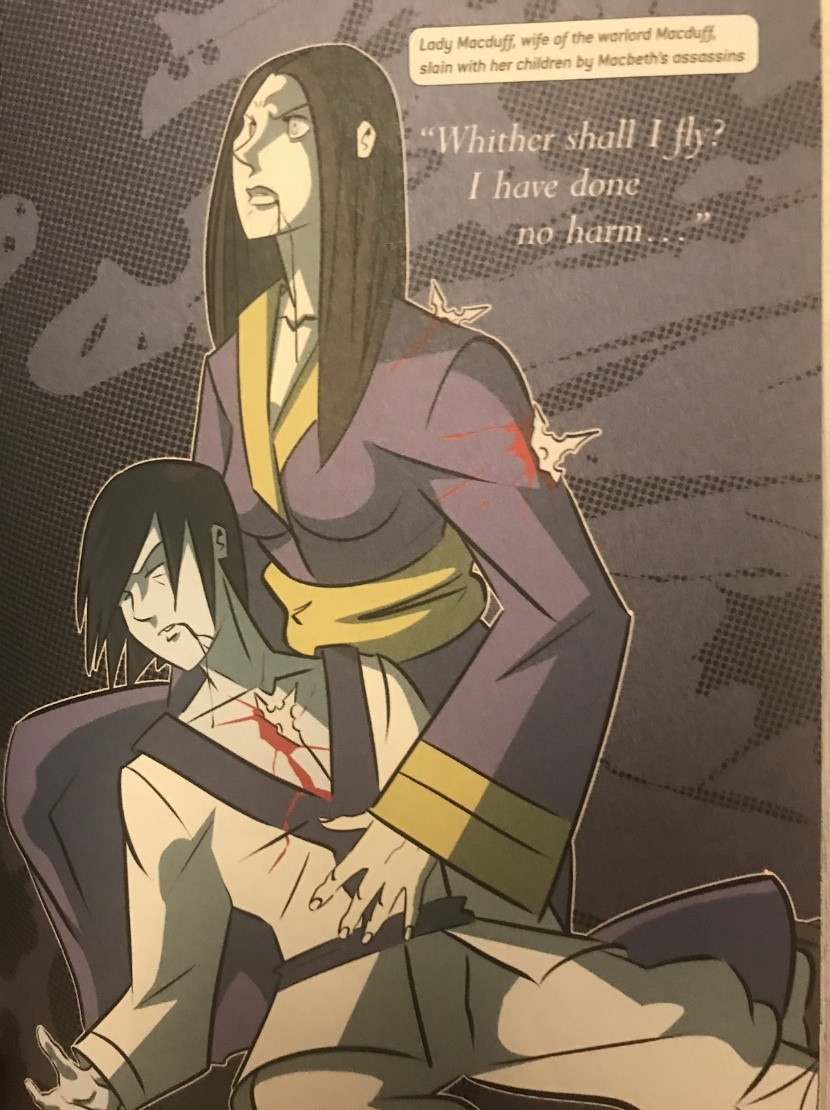
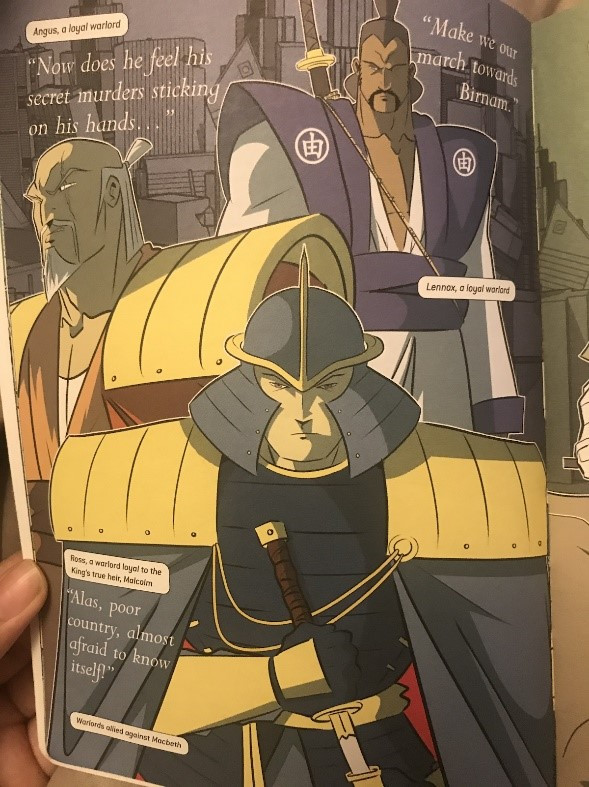

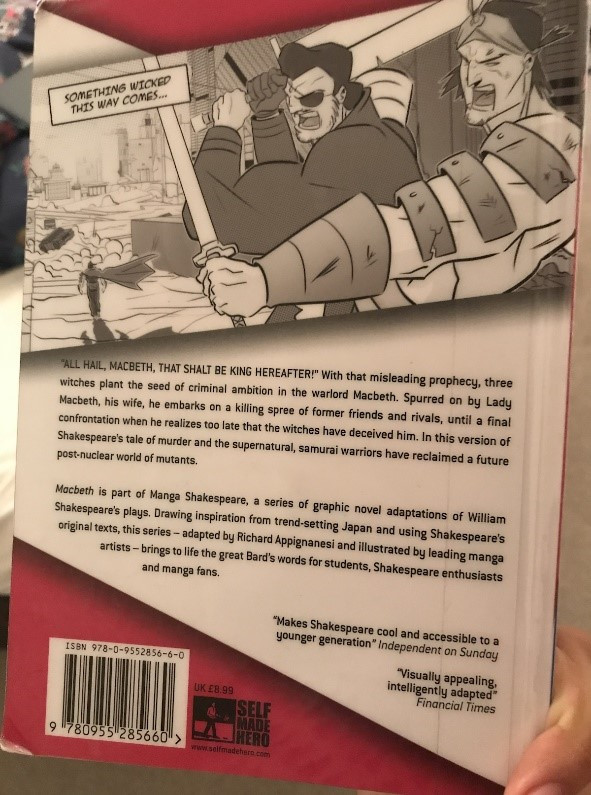











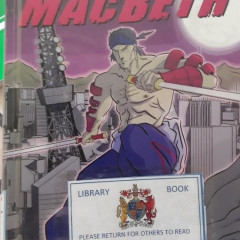

0 Comments